How to grow round shape daikon radish and cylindrical shape daikon radish (Fertilize daikon radish)
Growing round shape daikon radish and cylindrical shape daikon radish in the ground cultivation. (How to grow daikon radish from seed.) Last time, I thinned the daikon radishes. About two weeks have passed since then. This time, I will fertilize the cylindrical shape daikon and round shape daikon. (Let’s engage in the cultivation management of daikon radishes during this session.)
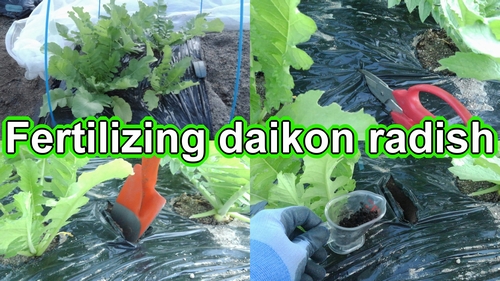
Thin the round shape daikon radishes and cylindrical shape daikon radishes three times, leaving the best one to grow.
Do daikon radishes really need extra fertilizer?
Whether daikon radishes need extra fertilizer depends on the weather and soil conditions of that year. But usually, if the soil is prepared well with fertilizer, daikon radishes don’t need extra fertilizer. (This season, since it is my first time growing round shape daikon radishes and cylindrical shape daikon radishes, I will try adding extra fertilizer.)
Fertilizing round shape daikon and cylindrical shape daikon
When comparing the two radishes, the round shape daikon radish appears to be growing better. (Judging from the leaf growth.)
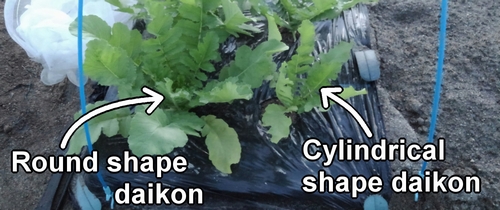
For daikon radishes, we apply additional-fertilizing at 2 spots between the plants. The amount of add-fertilizing is 20g (3/4oz) of chicken manure per spot. (Chicken manure is organic fertilizer used in organic farming.)
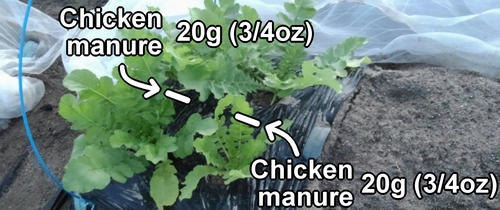
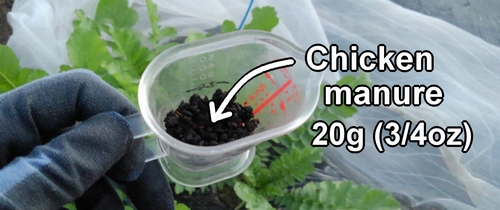
For daikon radishes, we fertilize by making cuts in the mulch.
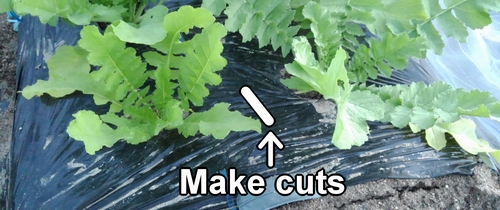
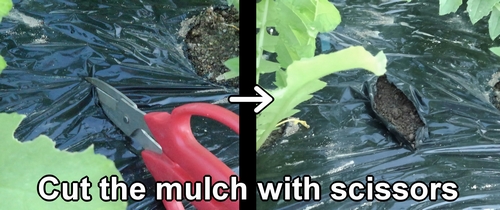
Insert the trowel about 10cm (4 inches) into the cut and place chicken manure in the widened gap.
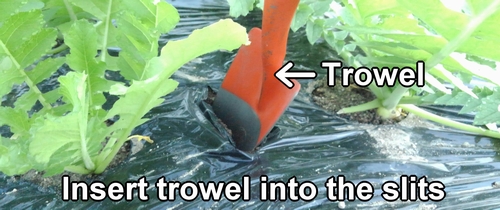
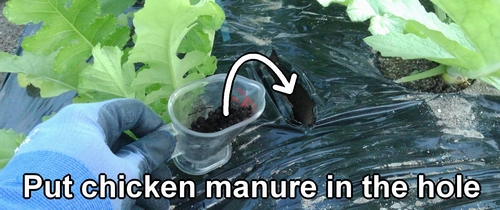
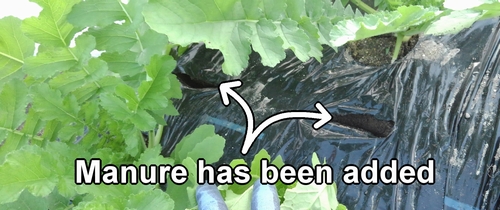
After additional-fertilizing, water the chicken manure and cover it with soil. Additional-fertilizing for daikon radishes is completed.
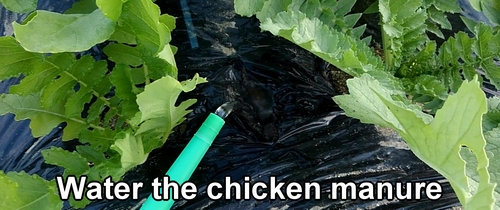
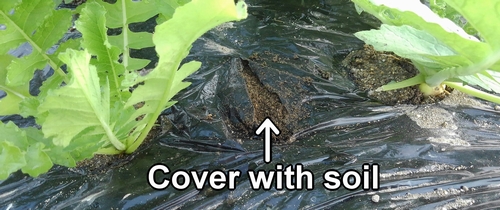
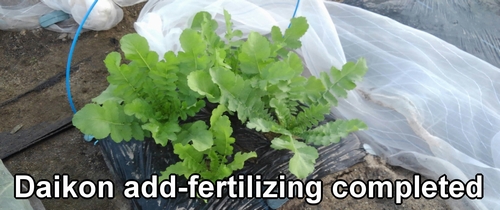
For those who want to start with soil preparation, please see the following link for how to grow round shape daikon radishes and cylindrical shape daikon radishes.
To grow daikon radishes, soil preparation is crucial. We thoroughly cultivate the soil to prevent the daikon radishes from becoming forked.
After sowing the daikon seeds, cover them with non-woven fabric to protect the seeds. We also put up insect netting to keep pests away.
Following is the video for how-to. English subtitles are available.
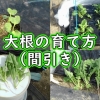
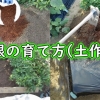
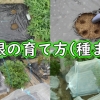
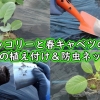
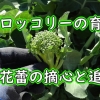
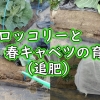
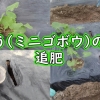
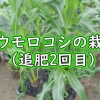
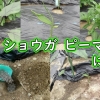
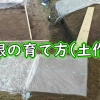

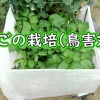
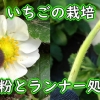
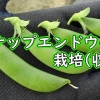
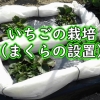
ディスカッション
コメント一覧
まだ、コメントがありません